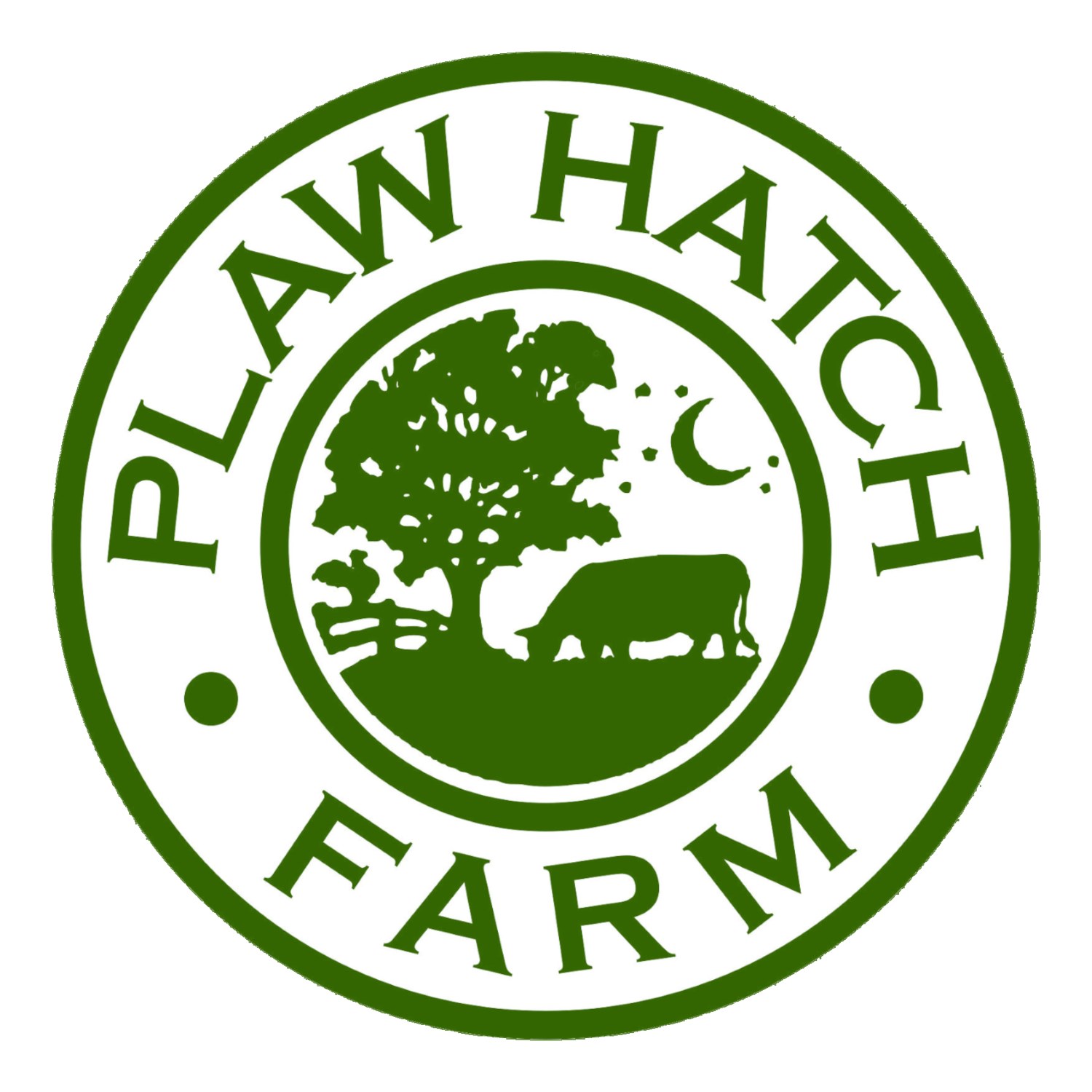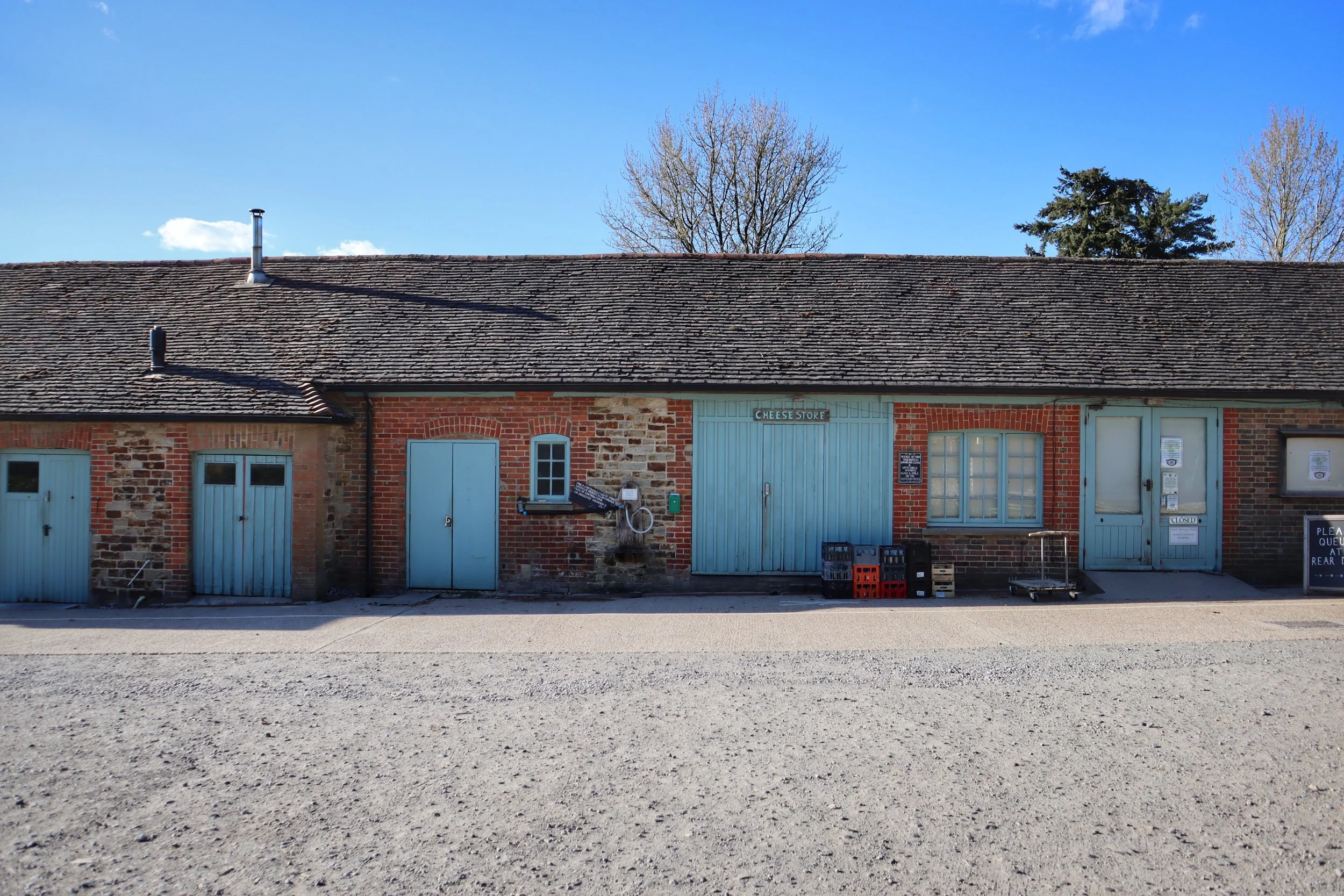Pork and chicken
JENNY THORNHILL
Food is never far from my mind, not just because I am excited by good food, but also because of the controversy that surrounds so much food and its production. But what do I mean by ‘good food’? It’s certainly not meals in fancy restaurants, even though I love watching MasterChef (admittedly, more because it’s fascinating how many ingredients and components can fit onto one tiny plate rather than because that’s what I aspire to.) By good food I mean the seasonal, fresh, local produce that I am fortunate enough to be surrounded by. This is the time of year that is particularly exciting as there is so much to look forward to from the garden; not just the garden though as, now the cows are on such lovely pasture, the milk is now flowing and is creamy and sweet. This is when I start making feta cheese. It’s so simple and perfect with all the salads, cucumbers and tomatoes we will very soon be inundated with.
But what I’ve been contemplating recently is the demand for good meat. Chicken and pork (particularly sausages) never wane in popularity, and we’ve been encouraged to believe that ‘white’ meat is better for us. Certainly, a pack of sausages is a very convenient and quick supper but I’m of a mind that we should look to beef and lamb first and chicken and pork second. My reasoning is that beef and lamb is naturally reared eating grass - just grass - it has no need for anything else. This is what these animals do best on, this is their natural habitat and, in this part of the country, this is what grows best. To rear chicken and pork a lot of feeding is required. Our pigs consume all the whey the dairy produces and as a small mixed farm we have the privilege of feeding homegrown oats and barley, left over bread and waste cheese. Very rarely do we need to buy in pig pellets. Our pigs are all old traditional breeds that do well on a varied diet like this.
Here at Plaw Hatch we only keep laying hens, they are different to chickens reared for the table. Chickens reared for meat require a lot of feed in the form of grain and chicken pellets, which most farms buy in, including organically producing farms. Buying in feed puts a farm at the mercy of the market and impacts hugely on costs.
As a small mixed farm, we only keep two rare breed sows and the numbers of piglets in a litter can vary from just a few to about ten. As a consequence, from time to time we have to buy in pork for the butchery. Of course, we only buy from either biodynamic or organic producers but over the last year a number of small, local pig producers have gone out of pigs because it’s very difficult to make it pay, especially as there are so many unknown and unreliable cost factors. These small pig producers generally favour traditional pig breeds like ours, but these breeds take longer to reach maturity and as a result cost more to rear and cannot be compared in quality, taste and price to what’s generally available. Buying in feed for pigs is expensive and again you are at the mercy of market prices. Yet pork and chicken are expected to be the cheaper meats.
So, I’ve come to the conclusion that, for me, it makes more sense to eat beef and lamb and just occasionally pork and chicken.






